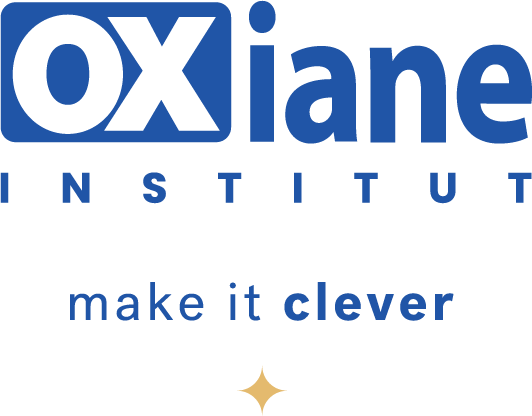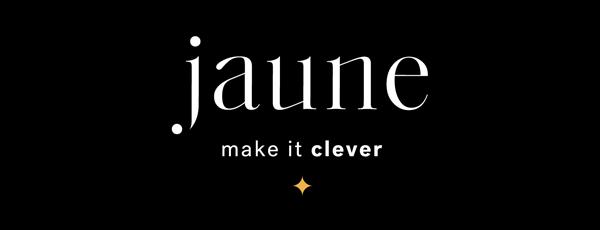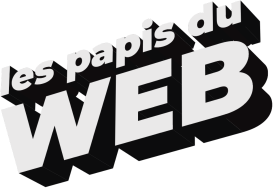When you decide to set up an e-commerce strategy, you need to schedule a few essential workshops before you choose the architecture and the infrastructure you need to meet your business goals. Here’s a list of workshops most frequently forgotten before searching for a technical solution. For an effective result, it is crucial for these workshops to be conducted by people experienced in e-commerce.
Workshop #1 – organizing the e-Commerce team
Other than the problem of technical maintenance on an e-commerce website, the website calls for organization. Many roles are to be held in Back-Office by one or several people/businesses. The more these roles are split between different people/businesses, the more you will have to provide specific back-offices. Here are a few of the roles to be defined:
- Content Managers : team which supplements the products catalogue (pictures, lead-ins…) and produces catalogue related content (advice, news, description of sales outlets…).
- Web Marketers : team in charge of Web operational marketing (promotion, highlights, package deals, newsletters …)
- Sales and logistics Operators : team in charge of delivering orders, dealing with client support requests, returns, and coupon codes…)
- Traffic Managers : team in charge of generating traffic (referencing, advertising, presence in social media, …) and managing UGC (User Generated Content).

Other than these roles and in the case of a multi-country e-commerce Website, it is essential that the duties of both central and local teams be defined beforehand. At this stage, we must establish the process which will optimize “master” and “country” settings. At the same time, we will look into keeping central settings and while keeping the room for location : master catalogues/details (prices, product selection, range/line, translation, pricing, taxes,…), adapting to local markets (taxes, rules, consumption patterns, payment methods…)…
Deliverables :
- Team roles and responsibilities (RACI)
- Specification of rights needed in Back-office
Workshop #2 – Front-Office Specifications
This workshop must allow you to determine all the functionalities provided for the Website visitor (anonymous visitor, identified visitor, VIP client…) and the conditions which determine their belonging to a given targeted group. You then move on to the specification of expected e-commerce features:
- purchase process
- sales rules
- cross/up-selling
- tax calculation
- group purchases
- specific prices according to client group
- user data management in “my account” (wish-list, type of bag, addresses, payment methods…)
- track order from “my account”
- sending e-mails (order confirmation, price alert…)
- …
These e-commerce features can possibly be influenced by their belonging to a user target.
Finally, it is essential to make UGC possible from the Front-Office :
- notes/recommendations,
- comments
- most sold products
- social media interface
- …
At the end of this workshop, it is fundamental to deliver a storyboard or even a functional prototype (with the help of a tool like Axure) so that everyone can project oneself in the future site. This deliverable must harmonize the functionalities mentioned above and reflect the kinematics of the website.
Deliverables
- storyboard/prototype
- managing rules
Workshop #3 – Interfacing with the information system
At this stage, we will have to determine the flow towards the information system:
- catalogue supply from existing SI (often based on a home ERP or editor ERP)
- synchronization of client data from existing CRM
- orders/returns feedback
- generating invoices
- supplying possible sales outlets
- increase in stocks / availability / real time pricing / delivery deadlines / feasibility of an order
- transmitting orders to logistics / uploading of status during sales order processing
- interfacing with third-party services : geolocation, supply monitoring…
For each of these flows, interface specifications must be established and so must the call characteristics of related services :
- synchronous / asynchronous call
- SLA : 24/7 availability, expected response time, scaling…
- expected services: operation roll-back, non-repudiation…
Deliverables
- Mapping of flows
- Technical specifications of interfaces

Workshop #4 – CMS / e-Commerce pairing
Whether you have or not a CMS (Content Management System) managed institutional Website prior to your e-Commerce project, this arbitrage is major when choosing the target architecture. As we speak, almost all e-Commerce solutions (IBM WCS, Microsoft Commerce Server, Elastic Path, Magento, Drupal/Ubercart …) do not cover the need of off-catalogue editorial content management: advice, news, points of sale… In most cases a CMS solution must cohabit with an e-Commerce solution and build interfaces between these two components. This workshop must provide you with all the elements which will allow you to build an effective e-Commerce / CMS pairing:
- Nature of pages: 100% content, 100% e-commerce, mixed pages (content page with maintenance of the bag block for example)
- Localisation of the reference content catalogue: where do you supplement catalogue content-product sheets, pictures …? How do we synchronize CMS and e-commerce?…
- Cohabitation of two different Back-Offices: need to build bridges between the Back-Offices (SSO, links, separate back-office …) ?
- Need for functional management of the Website: leaving content production up to business people, autonomy to run site blocks…
- CUGC from the Front-Office
- Impact of multi-sites on CMS/e-Commerce pairin

Deliverables
- e-Commerce/CMS architecture
- Management rules according to page typology.
Workshop #5 – Generic platform
E-Commerce projects are rapidly confronted with a generic need : multi-country deployment, multi-language, multi-brand, multi-market, white labels… The faster we determine where to place the cursor between generic and specific, the easier we install an evolving architecture. The wide range of possible architectures goes from code sharing on a common development reference and unit deployment for each country, to deploying one instance capable of managing all country’s specifics, brands, languages… A collection like « Gap Analysis » before must take into consideration:
- the country’s specific details : rules and regulations (i.e. the “Châtel law” in France), user preferences (credit card payment in Germany…), trusted third party, customs (i.e in Asia you leave out the marital status)…
- specificities of languages: set of characters, typography and fonts, size of texts, writing direction…
- specificities of the markets: different catalogue structures, different distribution model B2C/B2B2C/B2B …
- Difference linked to the countries’ brand roll out: different ERP, different organization…
- The need or not to have a consolidated vision of results per country, per brand…in the heart of the e-commerce platform.
- Production constraints: access time of depending on geographic zone, ordinary/reduced running/operational conditions (working days, 24/7…), impact of a country roll out on another country (risk of regression, service interruptions…)
Deliverables at the end :
- Multi-site architecture
- Operating platform and SLA (Service Level Agreement) related to country/brand/market
Once the workshop deliverables are established, the scoping phase is enhanced with all the key factors for a successful e-Commerce in the medium term. This approach leads the way to a successful project. E-Commerce provides a rich perspective but requires such a significant investment that only an organized approach can guarantee its success. As the old adage goes, “More haste less speed”.



